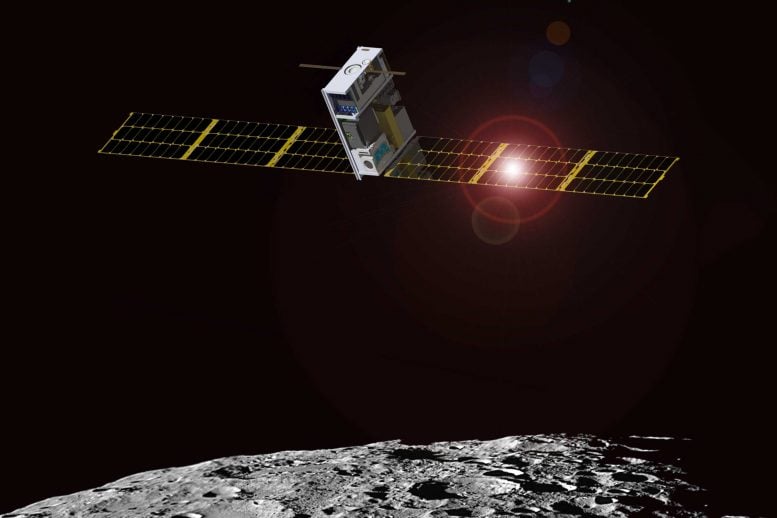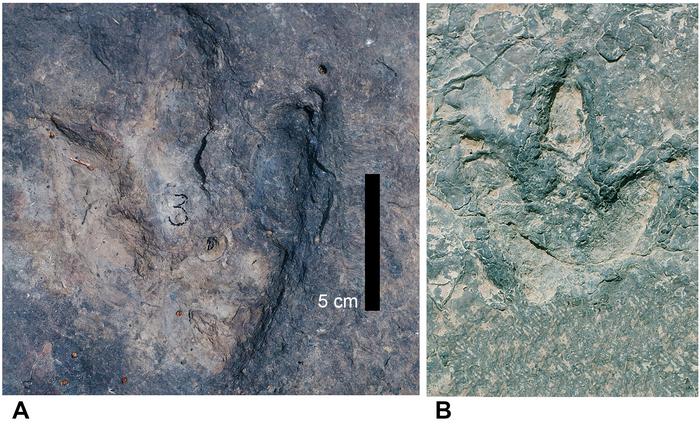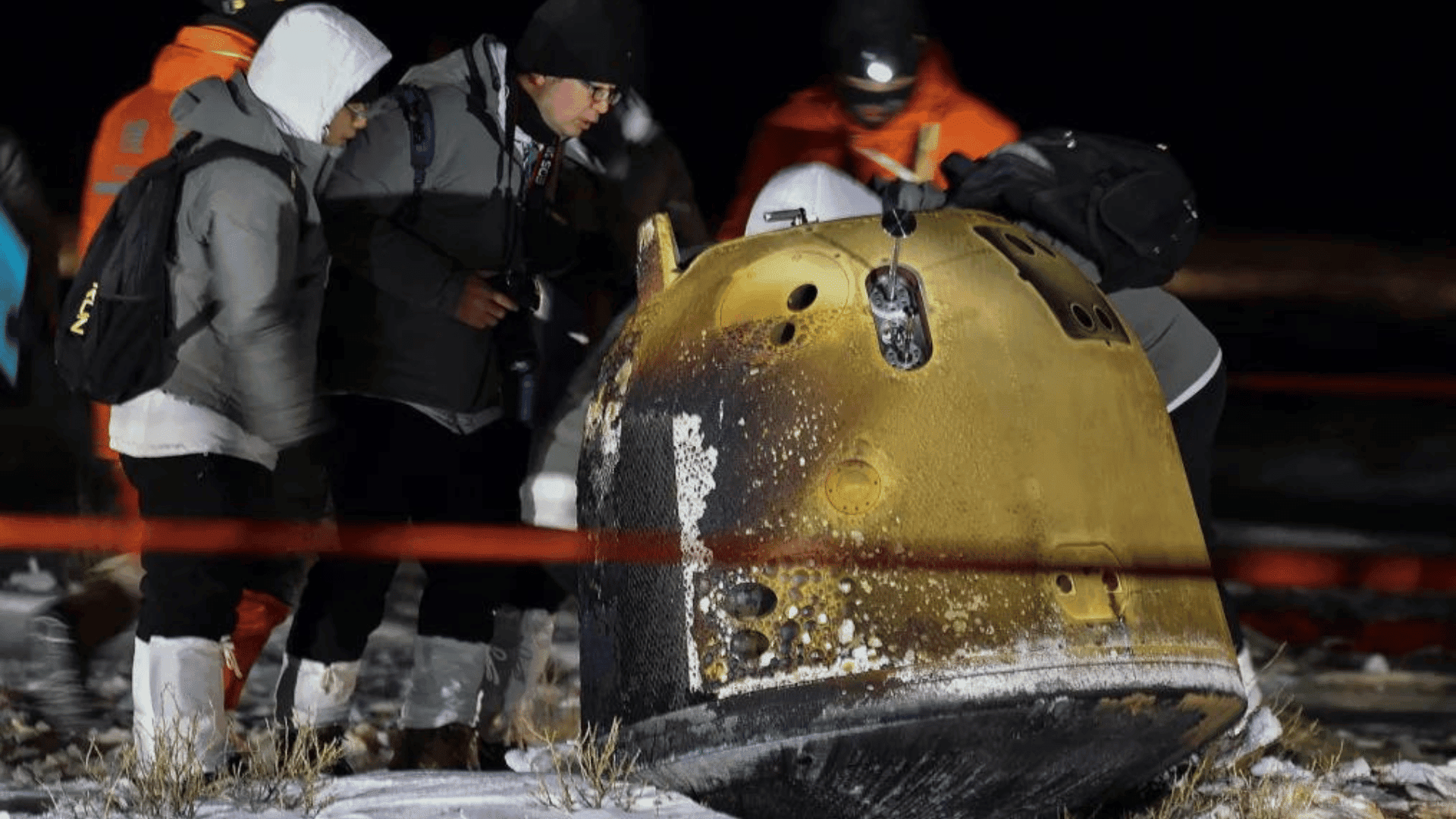por

Ilustración de un cubo de hielo lunar en órbita comprobando el hielo lunar. Crédito: Universidad Estatal de Morehead
cubos de hielo lunares[{» attribute=»»>NASA’s water-scouting CubeSat, is now poised to hitch a ride to lunar orbit. Although it is not much bigger than a shoe box, Lunar IceCube’s data will have an outsized impact on lunar science.
The satellite is integrated into the Space Launch System (SLS) rocket and ready to journey to the Moon as part of the uncrewed Artemis I mission, launching this year.
Lunar IceCube will orbit the Moon and use a spectrometer to investigate lunar ice. Earlier missions already revealed water ice on the Moon, but Lunar IceCube will further NASA’s knowledge about lunar ice dynamics.
Scientists are especially interested in the absorption and release of water from the regolith — the Moon’s rocky and dusty surface. With Lunar IceCube investigating this process, NASA can map these changes as they occur on the Moon.
La misión Lunar IceCube de la NASA viajará a la Luna como carga útil secundaria en la misión Artemis I. Crédito: Centro de Vuelo Espacial Goddard de la NASA
Lunar IceCube también examinará la exosfera, el volumen muy delgado que se asemeja a la atmósfera que rodea a la Luna. Al comprender la dinámica del agua y otros materiales en la luna, los investigadores podrán predecir los cambios estacionales en el hielo lunar que podrían afectar su uso como recurso en el futuro.
Todo esto provendrá del eficiente y rentable CubeSat que pesa solo 31 lb (14 kg). Lunar IceCube es solo uno de varios Cubesats Póngase al día con un viaje a la luna a bordo de Artemis I. Estos pequeños satélites, junto con futuras misiones de Artemis, aumentarán nuestro conocimiento sobre la vida y el trabajo en la luna y eventualmente ayudarán a preparar a los exploradores humanos para[{» attribute=»»>Mars.
Lunar IceCube is funded by NASA’s Next Space Technologies for Exploration Partnerships program, or NextSTEP, in support of NASA’s Advanced Exploration Systems Division within the Exploration Systems Development Mission Directorate. The Lunar IceCube mission is led by Morehead State University in Morehead, Kentucky; NASA’s Goddard Space Flight Center in Greenbelt, Maryland; NASA’s Jet Propulsion Laboratory in Southern California; NASA’s Katherine Johnson Independent Verification and Validation Facility in Fairmont, West Virginia; and Busek Space Propulsion and Systems in Natick, Massachusetts.

«Erudito en viajes incurable. Pensador. Nerd zombi certificado. Pionero de la televisión extrema. Explorador general. Webaholic».







